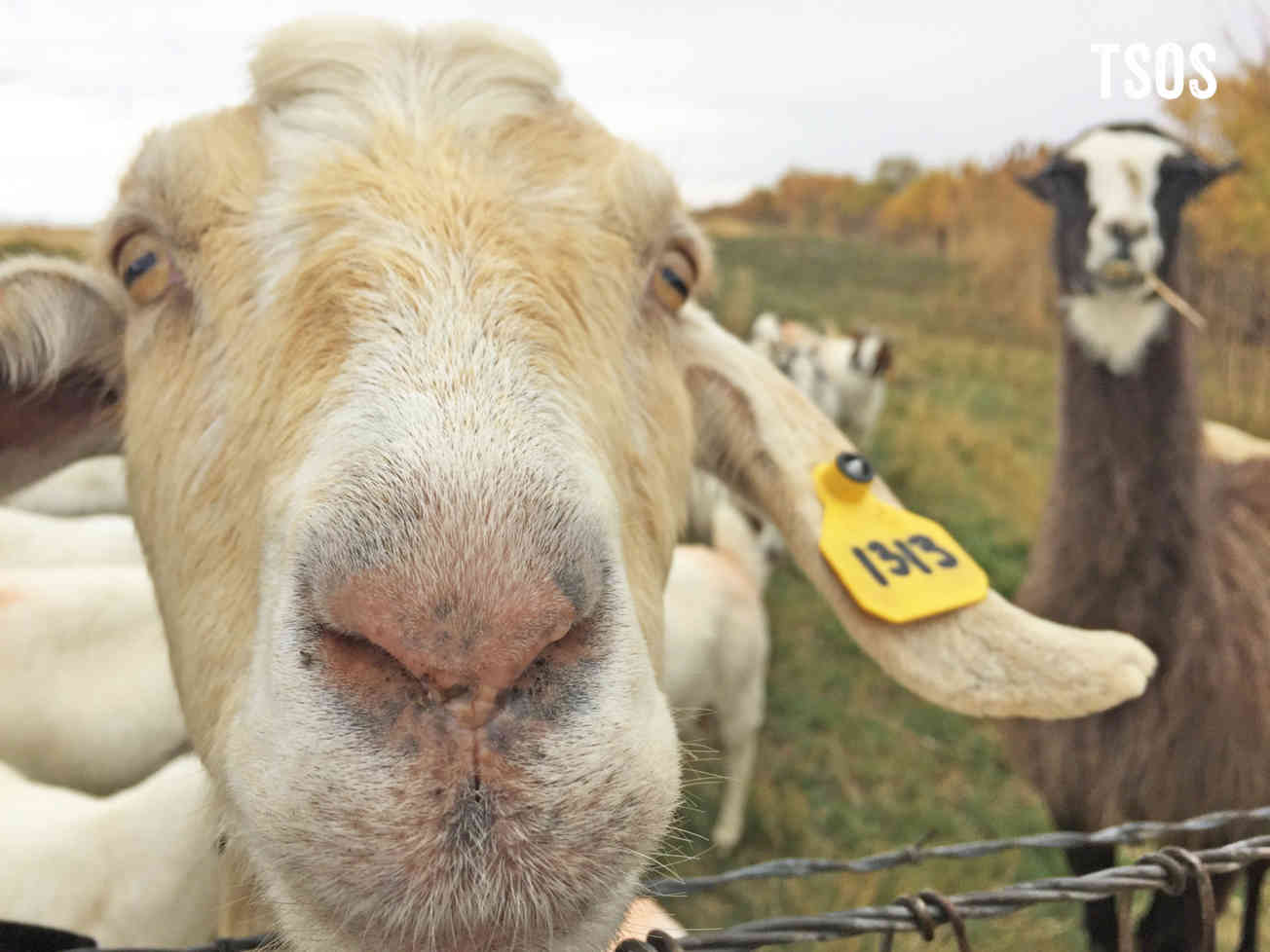East African Goat Project
The East African Refugee Goat Project, which leases goats to large companies for an eco-friendly form of weed control, creates jobs for refugees who help tend the goats.


Written by Twila Bird
In Utah (USA), Gustave Deogratiasi manages the East African Refugee Goat Project, which leases goats to large companies for an eco-friendly form of weed control, creates jobs for refugees who help tend the goats, and provides an increasingly successful source of halal meat for the local Muslim community. The program is designed to foster economic opportunity for transplanted Somali Bantu, Burundi, and Somali Bajuni communities — immigrants who know about raising goats for they were a big part of their community life in their war-torn homelands. The project’s herd of over 200 goats thrives on a small ranch directly west of the Salt Lake International Airport and is expected to double in size next spring. Deogratiasi relies on an alert guardian llama to help protect the goat herd from coyotes prevalent in the area. Instinctively aggressive towards coyotes, the llama will run towards the threat, place himself between it and the herd, and kick with lethal accuracy if warranted.
The International Rescue Committee serves as the umbrella agency overseeing the Goat Project, which is also supported by non-profit, church, and corporate partners.
Last spring’s batch of young goat kids — almost a hundred of them — climb over each other’s backs trying to get to the morning meal, bleating fretfully if they think they’re missing out on their share.

The yellow tags on each goat’s ear indicates the order of their birth arrival in the herd and the year they were born. This adult goat was the thirteenth kid born in 2013.

A sole guard llama effectively protects the Goat Project’s herd of over 70 breeding does from predatory coyotes. The orange color on the rumps of some of the does indicates the single breeding buck, who has a packet of orange dye strapped to his stomach, has serviced the marked females. The buck was highly successful; project managers look forward to a bumper crop of kids come March 2017.
Our team members obtain informed consent from each individual before an interview takes place. Individuals dictate where their stories may be shared and what personal information they wish to keep private. In situations where the individual is at risk and/or wishes to remain anonymous, alias names are used and other identifying information is removed from interviews immediately after they are received by TSOS. We have also committed not to use refugee images or stories for fundraising purposes without explicit permission. Our top priority is to protect and honor the wishes of our interview subjects.